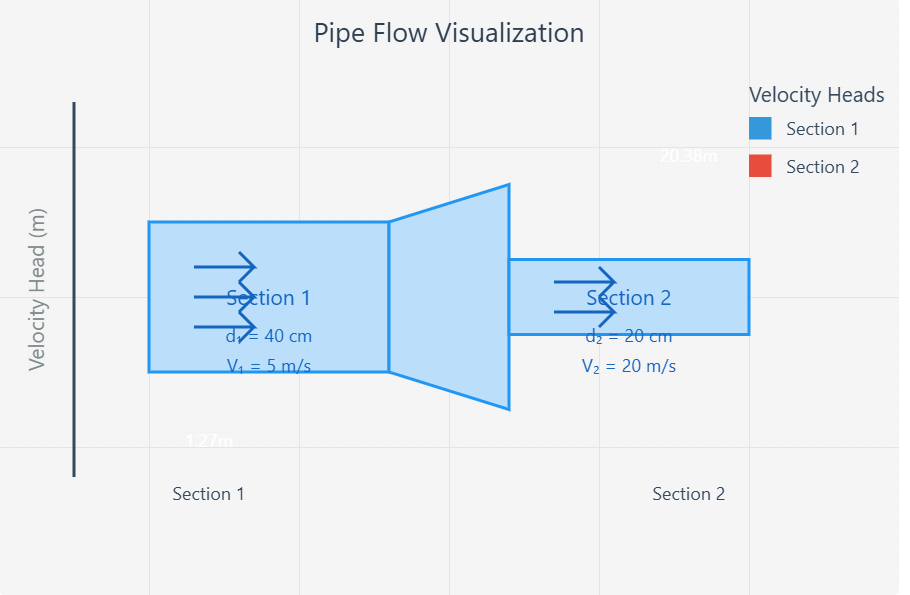Problem Statement
In a hydraulic coupling, the speeds of the driving and driven shafts are 800 r.p.m. and 780 r.p.m. respectively. Find: (a) the efficiency of the hydraulic coupling, and (b) the slip of the coupling.
Given Data & Constants
- Speed of driving shaft (impeller), \(N_1 = 800 \, \text{r.p.m.}\)
- Speed of driven shaft (runner), \(N_2 = 780 \, \text{r.p.m.}\)
Solution
(a) The Efficiency of the Hydraulic Coupling (\(\eta\))
The efficiency of a hydraulic coupling is the ratio of the output speed (driven shaft) to the input speed (driving shaft).
(b) The Slip of the Coupling (s)
Slip is the difference in speed between the driving and driven shafts, expressed as a percentage of the driving shaft's speed.
(a) Efficiency of the coupling: \( 97.5\% \)
(b) Slip of the coupling: \( 2.5\% \)
Explanation of Hydraulic Coupling
A hydraulic coupling (or fluid coupling) is a device that transmits rotational power from one shaft to another using a fluid (usually oil) as the medium. It consists of two main parts: an impeller on the driving shaft and a runner on the driven shaft, both housed in a sealed casing filled with fluid.
- Operation: As the driving shaft spins the impeller, it throws the fluid outwards, giving it kinetic energy. This high-velocity fluid then strikes the blades of the runner on the driven shaft, causing it to rotate.
- Slip: For torque to be transmitted, there must be a difference in speed between the impeller and the runner. This speed difference is called "slip". Without slip, the fluid would not be thrown from the impeller to the runner, and no power would be transmitted.
- Efficiency: The efficiency is directly related to the slip. A small slip (like 2.5% here) means the driven shaft is rotating almost as fast as the driving shaft, resulting in high efficiency (97.5%).



